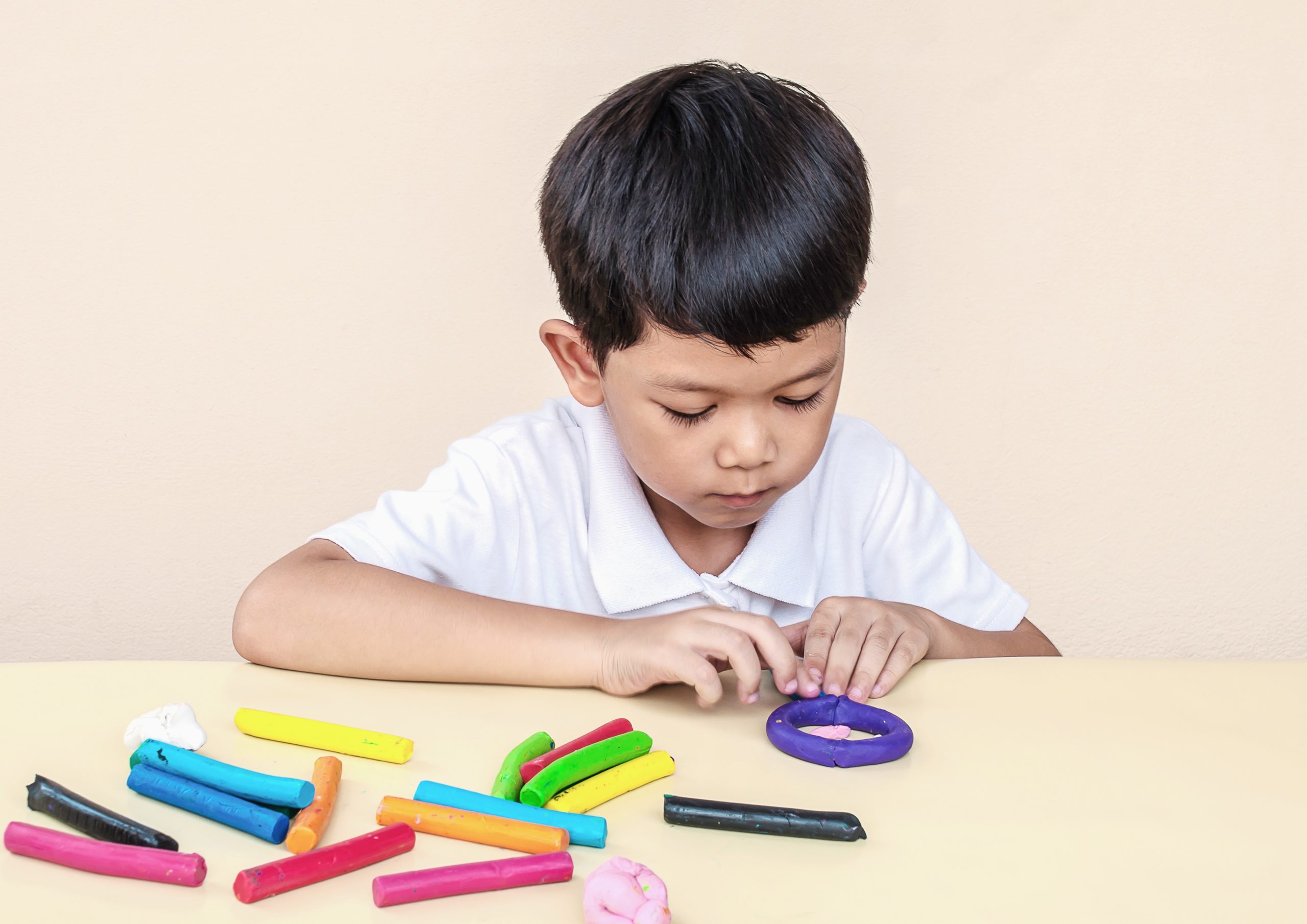
Why Flashcards are Effective for Preschoolers: The Benefits for Visual and Tactile Learners
As parents, we want to give our preschoolers the best tools to succeed academically. One popular tool that has been used for decades is the flashcard. Flashcards are small, rectangular cards that display information, such as words or pictures, and help preschoolers learn new concepts. But what makes flashcards so effective for preschoolers, especially visual and tactile learners?
In this article, we’ll explore why flashcards are beneficial for preschoolers, specifically those who learn best through visual and tactile means. We’ll also discuss how to make flashcard learning more engaging for these types of learners.
Why Flashcards Work
Flashcards are effective for preschoolers for several reasons:
- Repetition: Flashcards allow for repeated exposure to the same information, aiding retention and recall. Preschoolers benefit from repetition because it helps them remember information better.
- Visual Aid: Flashcards provide a visual aid, making it easier for preschoolers to understand and remember the information being presented. Visual aids are particularly helpful for visual learners who benefit from seeing information.
- Portability: Flashcards are small and easy to carry, making them ideal for learning on-the-go. This means that preschoolers can continue to learn even outside of a classroom setting.
- Interactive: Flashcards can be used as an interactive tool, allowing for a more engaging learning experience. This is particularly important for tactile learners who benefit from hands-on activities.
- Adaptable: Flashcards can be adapted to suit different learning styles and abilities. For example, they can be used for teaching basic vocabulary or more complex concepts.
Flashcards for Visual Learners
Visual learners benefit from learning through visual aids such as pictures and diagrams. Flashcards are an excellent tool for visual learners because they provide a visual representation of the information being presented. Here are some tips for using flashcards with visual learners:
- Use images: When creating flashcards, use images to represent the information being presented. For example, if teaching basic vocabulary, use pictures of objects to represent each word.
- Use color: Use color to highlight important information. This can help visual learners focus on the most critical parts of the flashcard.
- Make it interactive: Make the flashcard learning experience interactive by incorporating games or quizzes. This will help visual learners stay engaged and retain information.
- Use videos: Consider using videos as a visual aid in addition to flashcards. Videos can provide a more dynamic and engaging way to present information to visual learners.
Flashcards for Tactile Learners
Tactile learners benefit from hands-on activities and experiences. While flashcards are not a traditional tactile learning tool, they can still be effective for tactile learners if used correctly. Here are some tips for using flashcards with tactile learners:
- Use textured cards: Incorporate textured cards to make the flashcards more tactile. For example, use cards with a rough surface or embossed text.
- Make it interactive: As with visual learners, make the flashcard learning experience interactive. Incorporate games or quizzes that require tactile engagement, such as sorting or matching.
- Use manipulatives: Combine manipulatives, such as blocks or puzzles, with flashcards. This allows tactile learners to engage with the information in a hands-on way.
- Use movement: Incorporate movement into flashcard learning. For example, have tactile learners physically sort or match the flashcards.
Creating Effective Flashcards
While flashcards can be an effective learning tool for preschoolers, it’s crucial to create them in a way that is engaging and effective. Here are some tips for creating effective flashcards:
- Keep it simple: Present information on each flashcard simply and clearly. This helps preschoolers focus on the most important information.
- Use clear and legible text: Ensure that the text on flashcards is clear and easy to read. Avoid using fonts that are too fancy or difficult to read.
- Use high-quality images: If using images, ensure they are high-quality and clear. This helps preschoolers understand and remember the information better.
- Use sturdy materials: Create flashcards using sturdy materials like cardstock or laminated paper. This ensures they withstand regular use.
- Organize the flashcards: Group flashcards logically, such as by theme or subject, to make learning more structured.
- Use a variety of formats: Incorporate different flashcard formats, such as word and picture cards or matching cards, to keep learning engaging.
Incorporating Flashcards into Learning
Flashcards are just one tool that can help preschoolers learn new concepts. Here are some ways to incorporate flashcards into a larger learning plan:
- Use them as a supplement: Supplement other learning materials with flashcards.
- Incorporate them into games: Use flashcards in games like memory or matching games.
- Use them for review: Review previously learned concepts with flashcards.
- Make it a routine: Include flashcard learning in daily routines.
- Personalize the flashcards: Customize flashcards with relevant and interesting information.
Flashcards can be a powerful tool for helping preschoolers learn new concepts. By using these tips and incorporating flashcards into a larger learning plan, parents can help visual and tactile learners succeed academically and build a strong foundation for future learning.
Flashcard Alternatives for Visual and Tactile Learners
While flashcards are effective, some preschoolers may find them less engaging. Here are alternative learning tools:
- Manipulatives: Hands-on tools like blocks and puzzles.
- Visual aids: Posters, charts, and diagrams.
- Educational games: Board games and memory games.
- Interactive apps and videos: Engaging digital tools.
- Role-play and pretend play: Imaginative learning activities.
Measuring the Effectiveness of Flashcard Learning
To ensure flashcards are effective:
- Assess retention: Test preschoolers’ retention of material.
- Observe engagement: Ensure preschoolers are engaged during learning sessions.
- Monitor progress: Keep track of their performance.
- Seek feedback: Ask for input


